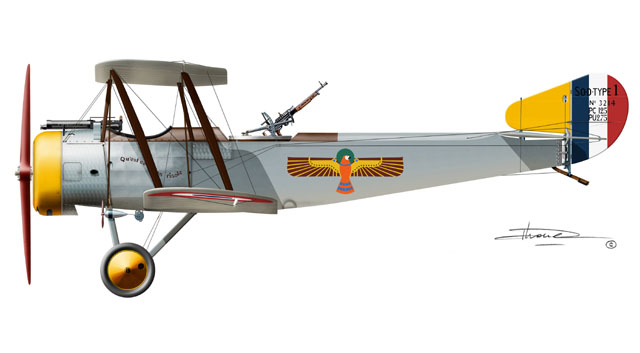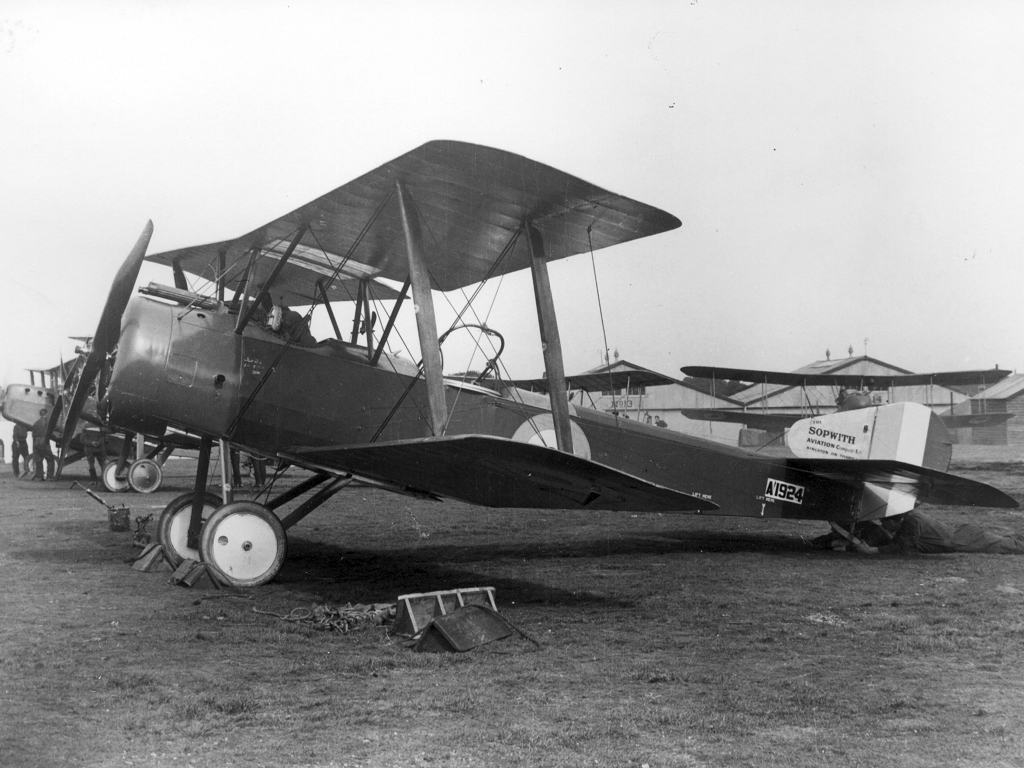I spent an hour chatting to Syd my co-author/researcher yesterday about Arthur’s initial exposure to combat flying. After spending time in the UK, both being trained and immediately afterwards teaching others as a ‘creamy’. We both agree that this consolidation process added massively to his ‘longevity’ and took him from fledgling to comparatively experienced aviator with ability before being exposed to combat.
Syd used to be an RAF (CFS) QFI, I was the civil equivalent. We both remember clearly the impressions formed during and after our own instructors courses back in the day: the way our eyes were opened wide to the complexities of ‘how’ where previously, as pilots we learnt just enough to ‘do’ in the air. A frequent comment from my fellow course members (1975) was ‘how the hell did we manage to stagger around the sky prior to this course?’ Whilst we were engaged in playful banter we all knew the deeper truth behind the self effacing humour.
Beyond the technical achievement that came with understanding how an aircraft flies would be the craft of moving around safely ‘up there’. Further bonuses arrived for Arthur attached to the opportunity he gained from his students as they took him to the margins of safety with their inept handling as they learned their art. Teaching others is a gift to those wishing to improve, even perfect their own techniques - their craft, it's perhaps the most rapid and effective ways to learn.
To be able to pass on his accumulating knowledge and skill, Arthur would have evolved different ways of presenting individual concepts and techniques to his students, or ‘Huns’ as they called them then. In short, he would have re-visited every corner of his own experience and in the process, turned himself into a rounded, competent aviator.

Arthur's arrival in France during July 1916 blasted him into an entirely new world. Fortunately his hand contained these aforementioned cards, his developed understanding of flight and the confidence this gave him. Any veil of naivety normally present in a pilot fresh from training would have been wiped away by his duties as a flight commander which included clearing up the aftermath of numerous 'smashes', dealing with the fallout of injury and death close up. His letters document plenty of that, but even the exuberance and confidence of youth married to some early military experience would have been unlikely to shield him completely: but the hardening process had started.
So to recap, we are discussing the elements of preparedness for combat, the very structure of what has become to be known as Situational Awareness (SA). As is well documented and even understood at the time, flight training was rudimentary and largely ineffective until late 1917 when Smith Barry turned that world on its head. A victory for the power of
vicarious learning as these lads, initially at least, probably learnt more from their aircraft and each other than they did from some instructors.That has changed with time of course, but we possibly still don't fully appreciate how much the environment and others are responsible for the learning we absorb. The majority lived through the initial learning experience... just.
 |
| Without wishing to dwell on accidents... |
These factors in turn led to a critical period in the life of new arrivals at the Front, they were either lucky in their leaders and the prevailing circumstances, caught on very quickly or died equally so.
Squadron and Flight Commanders tried hard to ensure that their new boys were up to the job but often they were hard pressed in the extreme themselves to maintain unit strength and at times of great demand had little choice but to use replacements immediately. Poorly selected and trained pilots damaged aircraft and were a liability in the air and constituted a waste of life and resources. They were generally either returned to the UK for further training or posted back to their parent or other units.
Keeping new boys on our side of the line for a while to learn the rudiments of combat flying, build confidence and gather the threads to generate or strengthen their SA was key to their survival and everyone knew it. Yes, Arthur started war flying with a head start but it was what he did following that made the man.
 |
| 70 Squadron Sopwith 'Strutter' |










